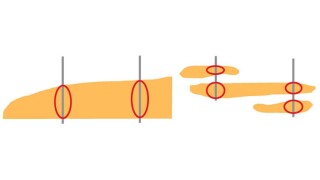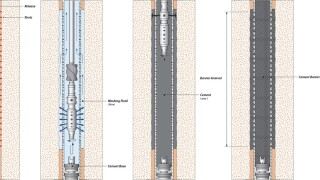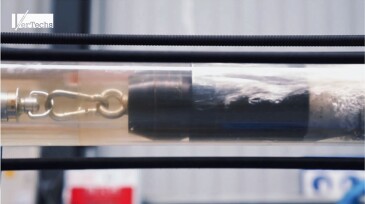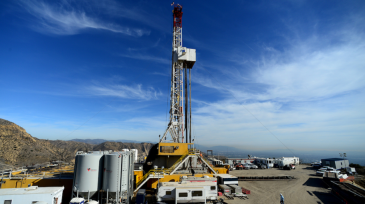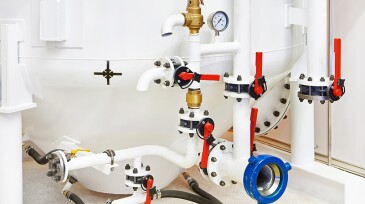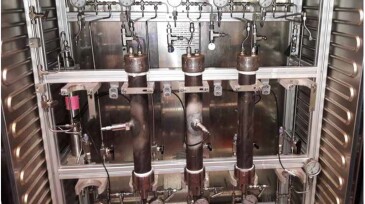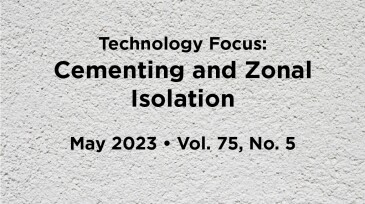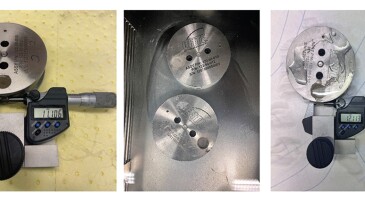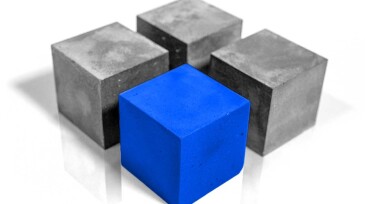Casing/cementing/zonal isolation
This paper expands the understanding of geopolymer/microsphere interactions and presents design considerations for alternative cementing materials under low-temperature regimes.
This paper describes an alternative lower-completion concept for developing Lower Wilcox reservoirs referred to as high-angle multifractured well design.
This paper presents a comprehensive literature review of perforate, wash, and cement techniques that compares new methods with traditional ones and uses field cases and computational fluid dynamics to find the most cost- and time-effective practices without sacrificing safety.
-
This paper presents an evaluation of geopolymer cementing for use in oil and gas wells, specifically in the primary cementing of liner strings in the Permian Basin.
-
SponsoredExpanding its portfolio of high-tier technologies, TAQA develops a high-performance perforation-plugging patented product.
-
The effects of aging and temperature on the performance of one-part “just add water” granite based geopolymers are studied for application in well cementing and abandonment. Further studied is the role of zinc as a strength enhancer over a long curing period.
-
Casing deformations are common in the south-west shale regions of China and the Middle East, where the widespread use of 5.5-in., 26- and 26.8-lb/ft casing is the norm. In these regions, the majority of frac plugs are designed with an outer diameter (OD) of 4.055 in. or slightly larger, which frequently encounter restrictions resulting in the loss of bottomhole assemb…
-
SponsoredWith more surface facilities and infrastructure in oil and gas fields, well casing integrity is becoming an even bigger challenge. This article sheds light on the optimum way to deal with the increasing casing integrity challenges in the Middle East through field monitoring and time-lapse casing-integrity and corrosion-inspection logging.
-
This paper presents a laboratory-based study that compares the three methods to measure static gel-strength development that are widely accepted in the industry.
-
The authors discuss a modified ultrasonic-cement-analyzer (UCA) vessel that allows assessment of slurry sealing performance under representative downhole conditions while running otherwise standard UCA equipment.
-
In 2022, the topics of the cementing and zonal isolation papers published were generally similar to those presented in previous years. A noticeable departure from previous years, however, was that many of the authors emphasized that their work would result in a reduction of greenhouse-gas emissions.
-
This paper compares the sealability performance of an expanding geopolymer with that of an expansive commercial cement in terms of the shear bond strength and the hydraulic bond strength at curing conditions of 25℃ and 34.5 bar.
-
EcoShield also reduces carbon footprint of well construction over traditional cement systems.


